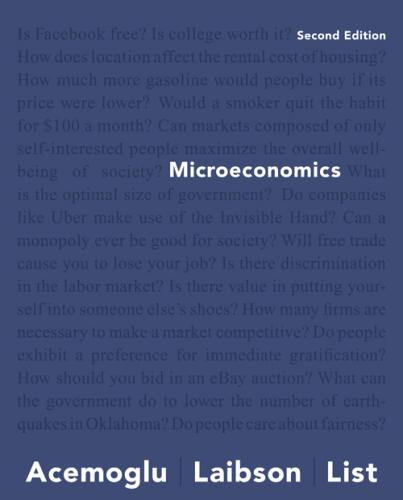1. 2. There are fifty low-risk people in a town and fifty high-risk people. A low-risk person...
Question:
1. 2. There are fifty low-risk people in a town and fifty high-risk people. A low-risk person has an average of $1,000 in medical expenses each year and is willing to pay $1,200 for medical insurance (because his expenses could be much greater than
$1,000 and he is risk averse). A high-risk person has an average of $2,000 in medical expenses each year and is willing to pay
$2,400 for medical insurance. Insurance companies are unable to tell who is high-risk and who is low-risk.
a. Show that an insurance company would lose money if it offered medical insurance at a price of $1,600.
b. Show that if the insurance company offered medical insurance at a price of $2,200, low-risk people would not be insured. Calculate total surplus if the price is $2,200.
c. Now suppose the government in this town passes a law that requires everyone to purchase medical insurance and sets the price of insurance at $1,600. Calculate total surplus under this law.
d. The 2010 Patient Protection and Affordable Care Act
(commonly called the Affordable Care Act, or
“Obamacare”) includes an individual mandate that requires everyone to have health insurance. Does this question suggest that there is an efficiency argument to be made in favor of the individual mandate? Defend your answer carefully.
Step by Step Answer:







